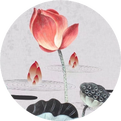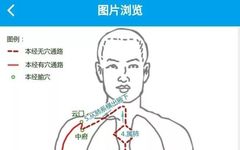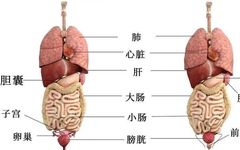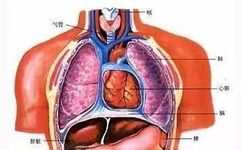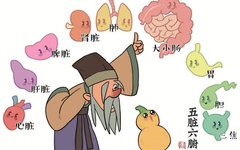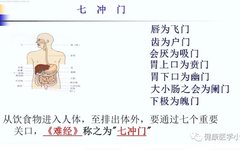Understanding the Five Sounds in TCM to Diagnose Organ Health: 9 Methods to Identify Suboptimal Conditions
In Traditional Chinese Medicine (TCM), the four diagnostic methods of “Observation,” “Listening,” “Inquiry,” and “Palpation” reflect the subtlety of TCM in understanding the internal state from external signs.Listening diagnosis includes hearing sounds and smelling odors. How can one determine a person’s health condition by listening to their voice?By the end of this article, you will … Read more


